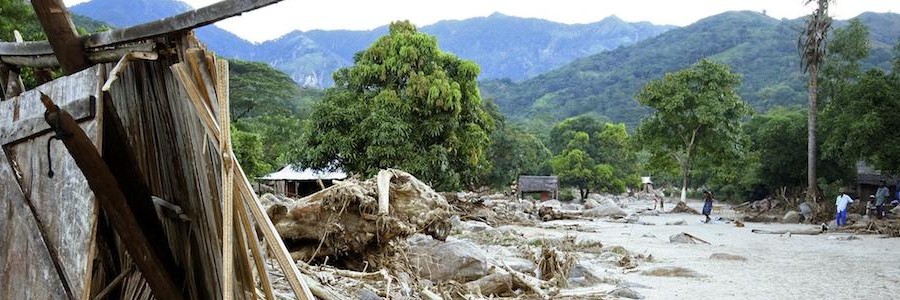Struck three months ago by a cyclone that affected 500,000 of its 24 million people, the climate-vulnerable Indian Ocean nation of Madagascar sees early warning and disaster preparedness as fundamental to its future resilience.
Cyclone Enawo, which made landfall in mid-March, claimed 81 lives and injured more than 250 people, according to the National Office for the Management of Risks and Crises, better known as the BNGRC.
Almost half a million people were affected by Enawo and over 200,000 were displaced. In addition 40,000 houses were destroyed, 3,900 classrooms damaged, 1,300 water points polluted and over a hundred health centers damaged.
Since the cyclone struck, residents have been working to rebuild their lives and livelihoods and get affected communities up and running again.
“The cyclone affected the economy of some of the districts that were directly hit by wind and heavy rains, many households lost their livelihoods and some basic service infrastructures such as roads, and electricity supply were destroyed,” Mr. Thierry Venty, Executive Secretary of BNGRC.
Enawo, equivalent to a Category 4 hurricane, left in its wake significant damage to housing and agriculture in the northeastern Sava region. Red Cross assessment reports indicated that Antalaha was one of the hardest hit communities, with its port left inaccessible and more than half of the city’s homes destroyed. Half of all housing in Farahalana commune, meanwhile, was left underwater due to flooding by the Lohoko River. In the Analanjirofo region, more than 10,000 people were displaced.
Madagascar is the country most exposed to cyclones in Africa and the third most vulnerable country in the world to the effects of climate change. On average, 1.5 cyclones a year cross Madagascar, generally affecting two thirds of the country.
Source: Reliefweb. Read full article here.
7 June, 2017

